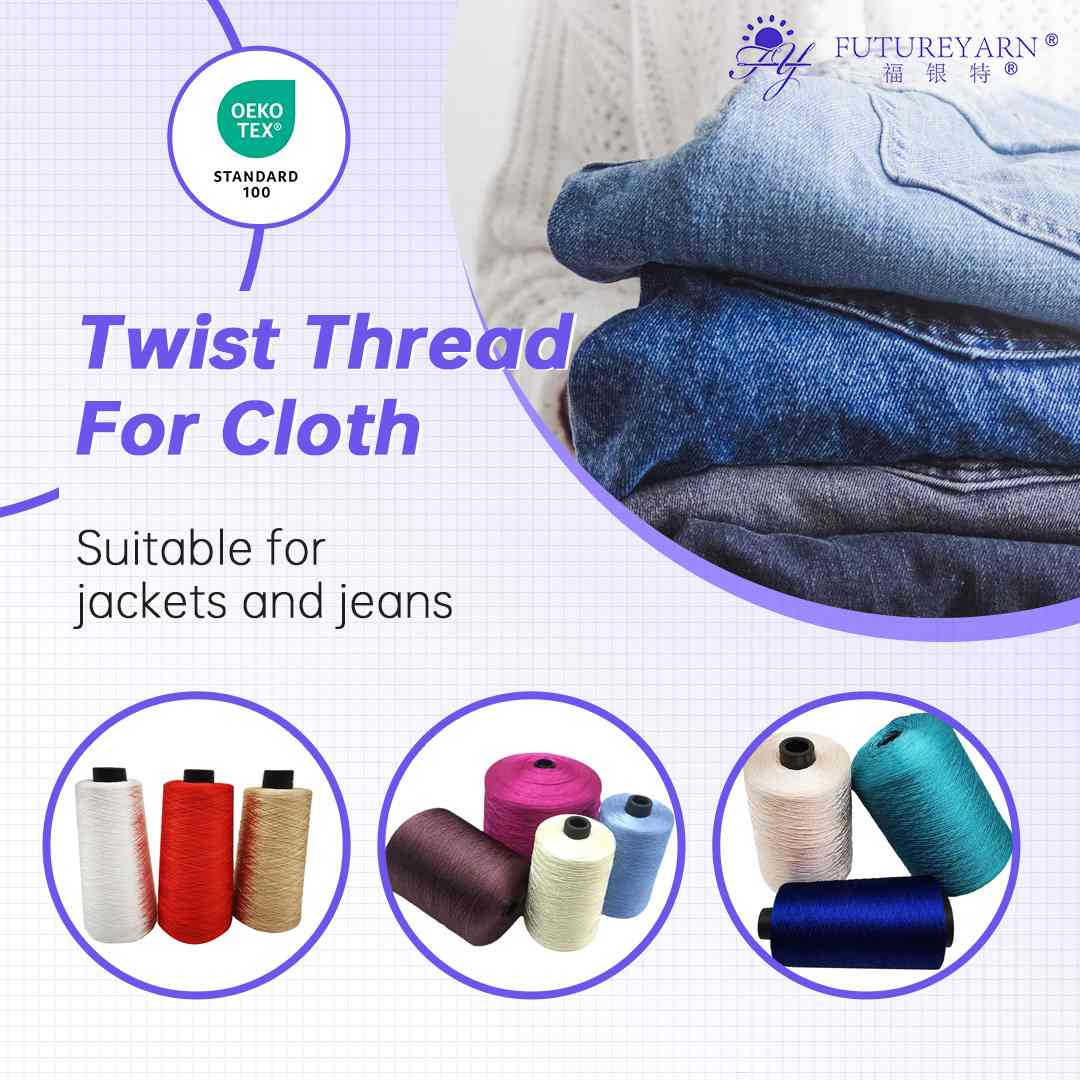When it comes to gym attire, one of the most frequently debated topics among fitness enthusiasts is whether to opt for loose or tight shirts. This decision can significantly impact your workout experience, performance, and even your motivation to hit the gym. In this article, we will explore the pros and cons of both styles, considering factors such as comfort, functionality, and psychological effects, to help you make an informed choice.
Understanding the Basics: Loose vs. Tight Shirts
Before diving into the specifics, it's essential to define what we mean by loose and tight shirts. Loose shirts are typically made from breathable fabrics that allow for a greater range of motion and airflow. They often feature a relaxed fit that doesn’t cling to the body. On the other hand, tight shirts, often referred to as compression shirts, are designed to fit snugly against the skin, providing support and reducing muscle vibration during workouts.
The Case for Loose Shirts
- Enhanced Breathability: Loose shirts are generally made from lightweight, breathable materials that promote airflow. This can be particularly beneficial during high-intensity workouts or in warm environments, as it helps regulate body temperature and reduces sweat accumulation.
- Freedom of Movement: The relaxed fit of loose shirts allows for a greater range of motion. This is especially advantageous for activities that require dynamic movements, such as weightlifting, yoga, or high-intensity interval training (HIIT). The last thing you want is to feel restricted by your clothing while trying to perform complex movements.
- Comfort and Style: Many individuals find loose shirts more comfortable, especially during longer workouts. They can also provide a more casual, stylish look, making them suitable for both gym sessions and post-workout activities.
The Benefits of Tight Shirts
- Muscle Support and Recovery: Compression shirts are designed to provide support to the muscles, which can enhance performance and reduce the risk of injury. The snug fit helps stabilize muscles and joints, allowing for better control during high-impact exercises.
- Moisture Management: Many tight shirts are made from moisture-wicking fabrics that draw sweat away from the body. This can keep you feeling dry and comfortable throughout your workout, which is particularly beneficial during intense training sessions.
- Improved Posture: Tight shirts can promote better posture by providing support to the upper body. This is especially important during weightlifting or exercises that require a strong core and back alignment.
Psychological Factors: Confidence and Motivation
The choice between loose and tight shirts can also have psychological implications. Wearing a shirt that you feel confident in can significantly impact your motivation and performance. For some, a tight shirt may enhance their sense of fitness and readiness, while others may feel more comfortable and less self-conscious in a loose shirt.
Personal Preference and Body Type
Ultimately, the decision between loose and tight shirts often comes down to personal preference and body type. Individuals with different body shapes may find that one style suits them better than the other. It’s essential to try on various options and consider how each type of shirt feels during different types of workouts.
Conclusion: Finding Your Perfect Fit
In conclusion, whether you choose to wear a loose or tight shirt for your gym sessions depends on various factors, including comfort, functionality, and personal preference. Both styles have their unique advantages, and the best choice may vary depending on the type of workout you are engaging in.
To optimize your gym experience, consider having a mix of both loose and tight shirts in your wardrobe. This way, you can select the most suitable option based on your workout intensity, environment, and personal comfort. Remember, the ultimate goal is to feel confident and perform at your best, regardless of the shirt style you choose. So, experiment, listen to your body, and find what works best for you!

